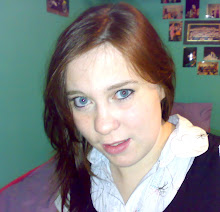Take a ride down the motorway during the day and you're bound to encounter plenty of traffic. But late at night it's a completely different story.
Some parts of the motorway are so full of traffic at peak times that it's impossible to reach speeds close to the national limit, let alone to go over it.
Come late evening and into the early hours however, and you can go for miles without seeing another vehicle. So why is it that speed limits need to remain just as stringent?
We all understand that speed kills; and through villages and towns it can be harder to spot a pedestrian in the road in the dark. Yet on motorways; cyclists, mopeds, learners and especially pedestrians are supposed to keep well clear.
It seems to be a matter of trust. Despite the speeds that most cars and bikes can now achieve, motorists are not trusted to stay safe, even when there are few others around.
Crashing at 80 or even 90 on a motorway, late at night, while no one else is close by, still must be safer than crashing at 70 at 5 in the evening, during the start of rush hour traffic, while other vehicles are all around you.
The outcome may not be as good for the driver as it would be at 70, but there is a much lower chance of involving anyone else. Besides, many cars are now equipped with the safety measures to help combat a high-speed crash.
Most motorists understand the need for speed limits throughout the day and at peak times; no matter how hard we moan about them. We even pay attention to the lowered limits through accidents and roadworks.
There is currently a stretch of motorway covering around 3 junctions on the M1, that has just been turned into 4 lanes either side. The roadworks are ongoing throughout the day, and the limit is set at 50.
This stretch is covered by 'average-speed' camera's, ensuring that no one breaks the limit. Throughout the day the traffic flows freely, using all 4 lanes; yet remains at a speed of 50.
Late evening and you can cover this stretch seeing only one or two others. Yet everyone still plods along at 50, despite the fact that workers are tucked up in bed for the night: thanks to the cameras.
Is there not a case to suggest that areas like this should be given some leeway at night? Perhaps its time motorists were trusted a little more, and the cameras were turned off in the late hours.
Subscribe to:
Post Comments (Atom)

No comments:
Post a Comment